|
A $156 million river bridge project expected to run more than 4,500 feet with a peak elevation of 180 feet over the West Branch of the Susquehanna River -- containing more than 12,000 tons of steel and even more concrete -- has faced numerous hurdles over the past four decades of planning, permits and paving. One of the largest threats? The 2 to 3-ounce, 3 to 4-inch Eastern Spadefoot toad.
The Central Susquehanna Thruway Project has been divided into two projects -- the northern section includes the massive river bridge and connection on the Northumberland County side to Route 147 heading north. The southern section is still in the final stages of permits and planning, and will connect Route 15 in Shamokin Dam with the northern section of the thruway near Winfield. "There have been many different environmental issues to deal with on the project -- which started as we know it in the mid-1990s with studies for the needs and purpose for the project," said Beck. "That led to a two-volume environmental impact study completed in 2003 that included more than 1,000 pages of studies and research that has been updated regularly since then to stay ahead of any potential concerns." The study is available on the csvt.com website. Click here for the 574-page Volume 1 and here for the 859-page second volume. "The confluence of the North and West branches found on one of the oldest rivers on the planet offer some of the most fragile environments combined with prime farmland," said Garrett. "There is no room for a negative impact." Among the factors considered over the course of the project to date has been the potential loss of valuable wetlands -- a concern PennDOT has attempted to mitigate by creating expanding wetland and marsh environments where they didn't exist before. "We all agree there can be no net loss of wetlands for a myriad of reasons, including flood mitigation and their value in recharging aquifers," said Garrett. "Because of the work done decades ago on this project, we actually will have a net-increase of wetland acres in our aqui-district, if you will, because early visionaries took the time to make sure preserving the environment was a top priority." Among the PennDOT-created and augmented areas driven by the thruway project is a section of land on the Perry County border and a wetland added years ago along Route 204 near the old Camelback Bridge in Snyder County -- a section that will reside near the southern section of the thruway project. "The state bought land so that it always, in perpetuity, will stay a wetland," added Garrett. Beyond wetland concerns, the Pennsylvania Fish and Boat Commission has worked with PennDOT to address various fish species concerns during the project. "Considering some of the smallmouth bass issues in the river lately, certain protections were instituted," said Savage. "For example, they weren't allowed to actively work in the river from May to June when smallmouth typically are spawning." Stocked and wild trout populations in tributaries that feed into the Susquehanna are among the agency's biggest priorities, Savage added. "There was one unnamed wild trout stream identified early in the process, and as part of the mitigation, the stream was moved," he said. "Workers had to incorporate certain habitat and make the stream better than it was using log structures and other elements. We have referred to that waterway as 'Wooded Run.'" Another species of concern during the river-based construction was the yellow lampmussel. "These are a rare mussel species that can be found in the river in that region. Our original plan was to relocate the yellow lampmussels found within the direct footprint of the project," said Savage. "However, after some studies, we realized they were much more abundant than originally thought, and we decided not to interfere based on the numbers and the amount of effort it would take." A species less directly dependent on the aquatic scope of the project, yet still factored into the thruway mitigation efforts, has been the Northern long-eared bat. "An estimated 99 percent of the long-eared bat population has been devastated by the white-nose syndrome, but one percent seems to have survived and regenerated in our area," said Garrett. "They typically roost in trees at certain times, and if we weren't careful, we could have lost that species in our valley." Workers were instructed to only cut trees during certain times of the year when the bats are in their winter state to minimize the impact, according to Beck. In terms of river water flow during construction within the waterway, PennDOT was mindful of construction practices to not impede the greater flow of the river, Beck admitted. "We had to install a working platform made out of rock to minimize our impact on the river, and it could only be used on half of the river at a time," he said. "When piers on one side were constructed, we moved the causeway to the other side of the river." An unexpected find during the later stages have been acid-bearing rocks within the project path. "The impact of working around acid-bearing rock was illustrated a few years ago during the Interstate-99 work near State College," said Savage. "The work ultimately impacted a Class A wild trout stream in that region. In this project, quite a bit of geotechnical testing was done, and we identified some acidic rock within the river." Beck agreed that dealing with geological formations that could cause acid runoff to get into our waterways quickly became a project priority, even in the southern section of construction. "We did some soil borings for the final design and there were areas of pyritic material, which led to a more detailed investigation into how much pyrite was in the region. Extra studies determined that alignment in the original plan would take us along two million cubic yards of acid rock," he said. "As we made adjustments to move the track south of some ash basins that were discovered, we've reduced the amount of potential acid rock impact down to around 400,000 cubic yards -- about an 80 percent reduction. "And with that, we are taking special measures during construction so there will be no opportunities for that type of rock to mix with water and create acid runoff." Another aspect of the massive bridge construction as it related to the environment taken into effect by engineers is the view.
"We identified early in studies just how big of a visual impact the bridge would have on the natural landscape of the area. We coordinated with a focus group in the community on what ideally the design should be to help it blend into the environment, including the span length, number of piers, height of peers and even the barrier used on the side of the bridge," said Beck. "We have designed a barrier that consists of a lower level of concrete than you'd normally see on a bridge like this, but then added metal rails. This makes the bridge look more slender for those looking at the bridge while giving those on the bridge a better view of the river." The view is an aspect Garrett admits could be quite valuable. "This project is opening up a piece of our environment that many who weren't able to hike or boat it can get access to just by driving over the bridge. In many ways, it is an engineering marvel -- both simple in design, yet beautifully constructed and sensitive to the viewscape," he said. "If it helps spark additional interest in our environmental resources and creates new conservationists in the process, I am all for it. I think it will really open up a newfound appreciation for the West Branch valley." In regards to increasing access, another amenity built into the project to help offset some of the environmental concerns will be a new boat launch. "Recreational boating is a huge deal through the region, and to help give back, some property along the new river bridge on the Union County side was acquired and will be under Fish and Boat Commission ownership," Savage said. "It will provide a standard concrete access with canoe launch." Ultimately, Garrett added, numerous agencies and groups have worked together to develop a project that he feels the area needs in a way that will impact the environment as minimally as possible. "There are so many environmental regulations at the federal, state and local level, and those involved have been careful to check off each box even before dirt was being moved -- that is a big reason this has been a 40-year project," he said. "This is in our own backyard, so we can watch the process very closely. It is in an area where we need to be very sensitive and cautious so when the day comes that we can use the thruway, the positives outweigh the negatives." Note from the Middle Susquehanna Riverkeeper: This story was developed in conjunction with a column offering a personal response from our Riverkeeper. Check it out by clicking here.
0 Comments
Leave a Reply. |
AuthorsRiverkeeper John Zaktansky is an award-winning journalist and avid promoter of the outdoors who loves camping, kayaking, fishing and hunting with the family. Archives
April 2024
Topics |
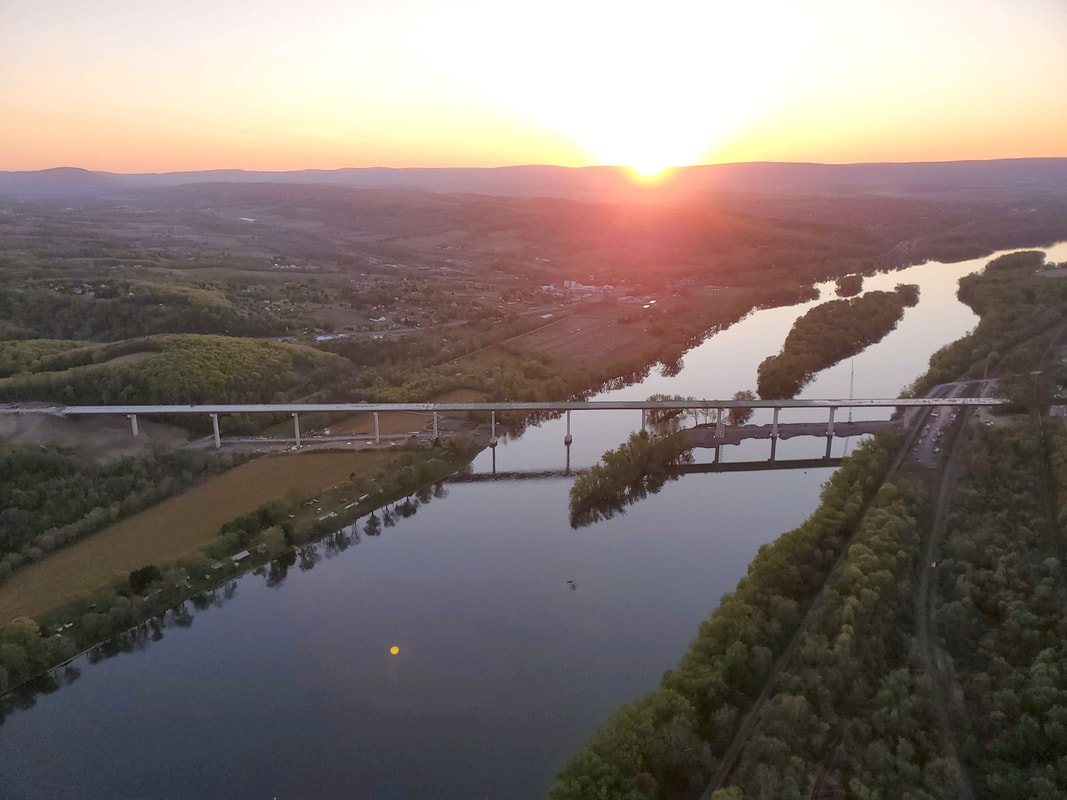
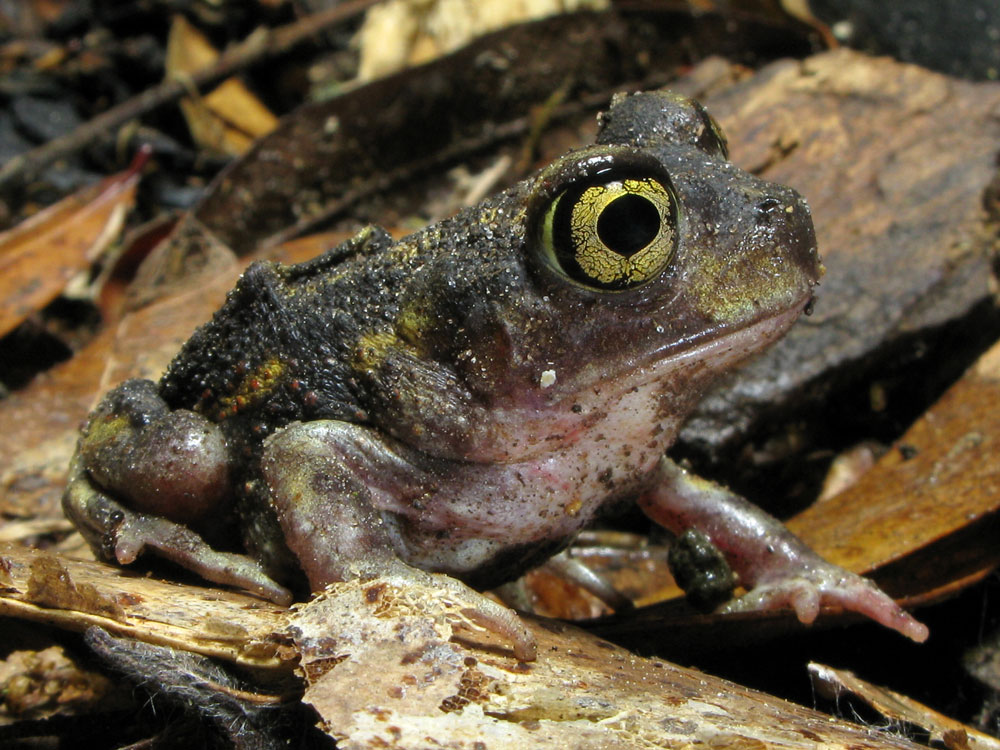
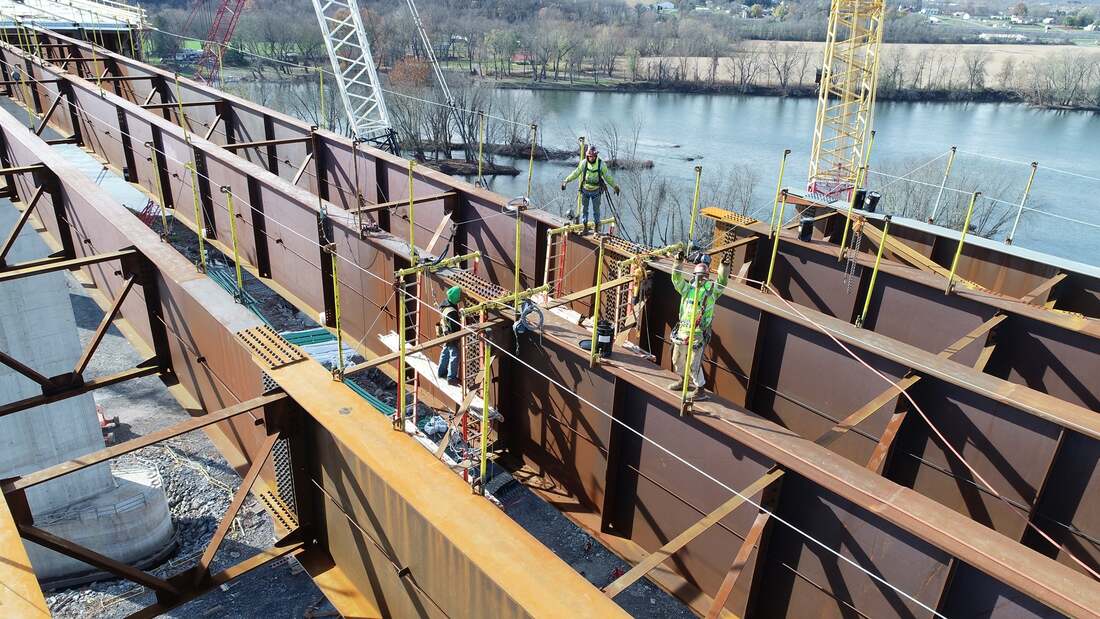
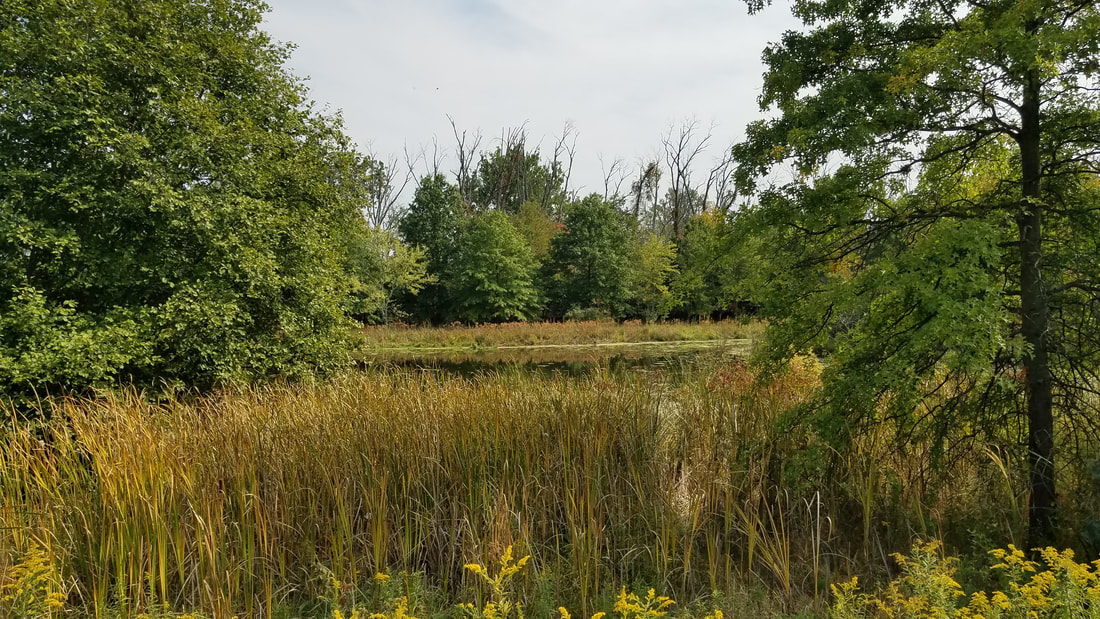
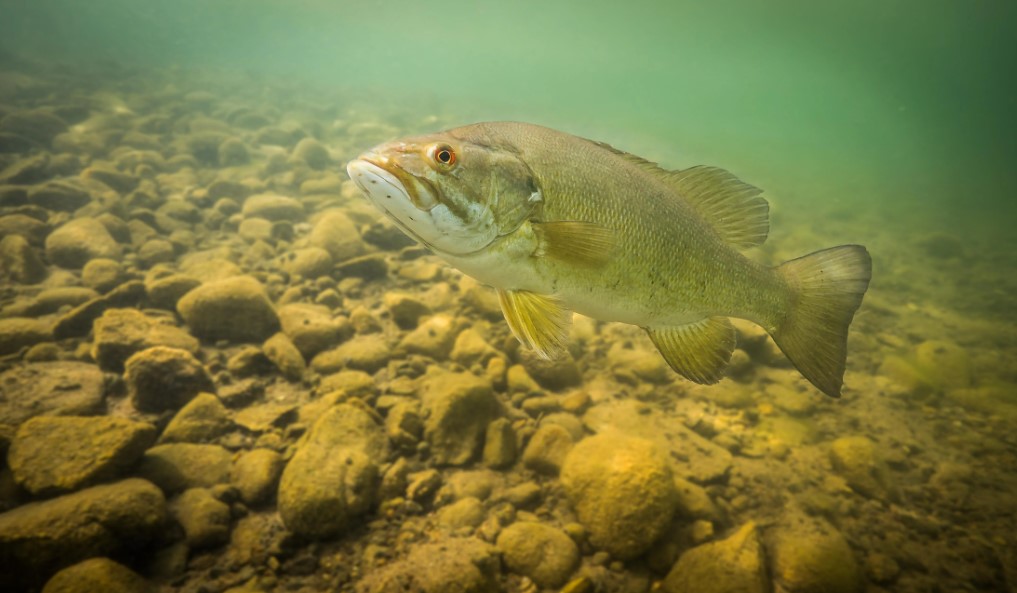
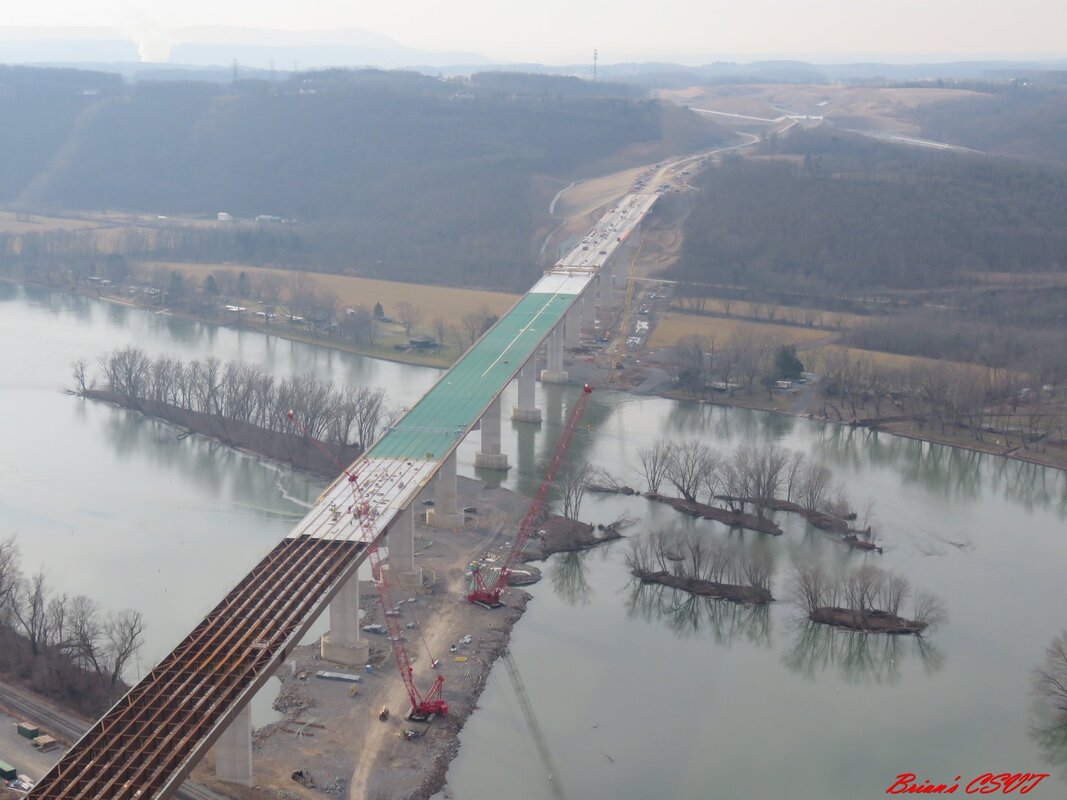
 RSS Feed
RSS Feed